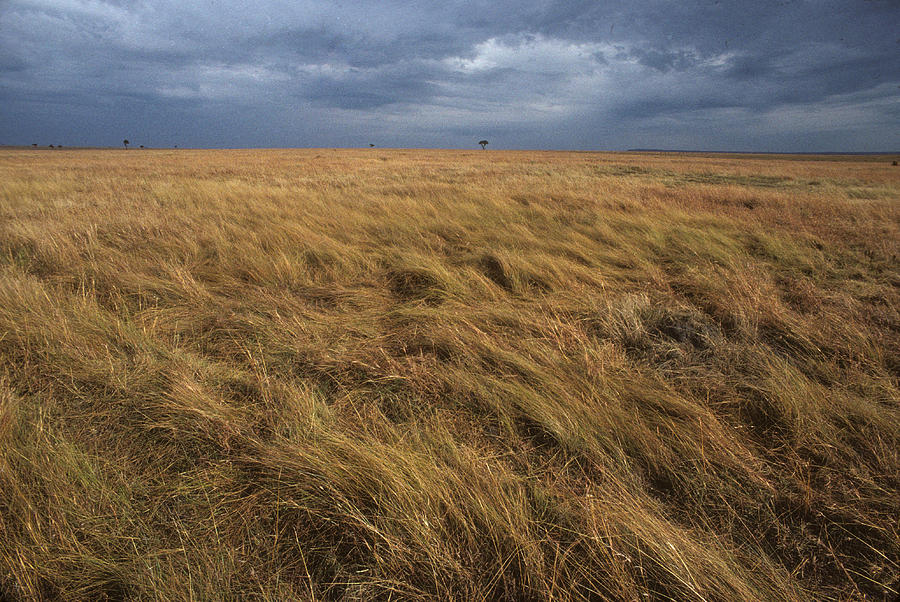Grasslands, often seen as expansive stretches of monotonous green, are anything but. These vibrant ecosystems, teeming with life and ecological significance, form a vital part of our planet's biosphere. This article delves into the fascinating world of grasslands, exploring their unique characteristics, the remarkable cycle of life within them, and the crucial role they play in sustaining both wildlife and human societies.
Unlike most plants that grow upwards from a central stem, grasses possess a unique growth pattern. They grow from the base, where new shoots emerge from a network of underground stems called rhizomes. This remarkable adaptation allows them to bounce back from grazing animals or fires, ensuring their long-term survival. Additionally, the structure of grass blades makes them resistant to trampling by hooves. Their flexibility allows them to bend and recover without breaking, further contributing to their resilience in these dynamic ecosystems.
Tropical grasslands experience a dramatic dance between wet and dry seasons. During the dry season, the relentless sun scorches the landscape, transforming the once lush green expanse into a sea of golden brown. The grasses dry out, seemingly lifeless. However, beneath the surface, their root systems lie dormant, waiting patiently for the return of rain.
With the arrival of the wet season, a transformation unfolds. Life bursts forth as the parched earth drinks deeply of the rain. The dormant grasses awaken, sending forth vibrant green shoots that rapidly carpet the plains. This cycle of dormancy and regeneration is a defining characteristic of tropical grasslands.
Grasslands rely on the wind for both pollination and seed dispersal. Wind carries pollen from male flowers to female flowers, facilitating fertilization. As the season progresses, the grass flowers mature, and the wind becomes their ally once again. Seeds detach from the mature flower heads, equipped with tiny barbs or feathery appendages that catch the wind and carry them onward. These airborne seeds can travel long distances, establishing new populations and ensuring the continued spread of grasslands.
While the wind plays a crucial role in reproduction, grasses also face challenges from allergies. During peak flowering seasons, clouds of pollen fill the air, triggering hay fever symptoms in some people. Despite this inconvenience, the wind remains an essential force in the delicate balance of the grassland ecosystem.
The Baobab Sentinels: Trees of Resilience
While grasslands are dominated by grasses, a few remarkable tree species have adapted to thrive in these open landscapes. In Africa, the iconic baobab tree stands as a testament to nature's ingenuity. These giants possess a swollen trunk that acts as a water storage vessel, allowing them to survive the harsh droughts of the dry season. Their majestic presence adds a touch of diversity to the otherwise grassy plains.
From Grass to Plate: The Food We Grow on Grasslands
Grasslands aren't just a haven for wildlife; they are also the foundation for a significant portion of the food we consume. Here are just a few examples:
- Cereal Crops: Grasses like wheat, rye, and barley form the backbone of human diets worldwide. These grains are milled into flour and used to make bread, pasta, and countless other food products.
- Maize (Corn): A staple food in many cultures, maize is a versatile grass used for everything from tortillas and cornbread to breakfast cereals and sweeteners.
- Rice: A cornerstone of Asian cuisine, rice is a crucial food source for billions of people globally. Its adaptability allows it to grow in flooded paddies, a testament to the diversity of grasses and their ability to thrive in different environments.
- Sugarcane: This tropical giant grass is the source of sugar, a widely used sweetener found in countless food and beverage products.
These are just a few examples of how grasslands contribute to our food security. They provide vast tracts of grazing land for livestock, influencing our meat and dairy products. From the breakfast table to the dinner plate, the influence of grasslands is woven into the very fabric of our food systems.
Grasslands are not simply monotonous green expanses. While grasses dominate the landscape, a variety of wildflowers add splashes of color during the spring or wet season. These wildflowers provide nectar for insects and contribute to the overall biodiversity of the ecosystem. Additionally, the grazing activity of herbivores can create a mosaic of vegetation patterns, adding further complexity to the grassland landscape.
Tags:
Science

